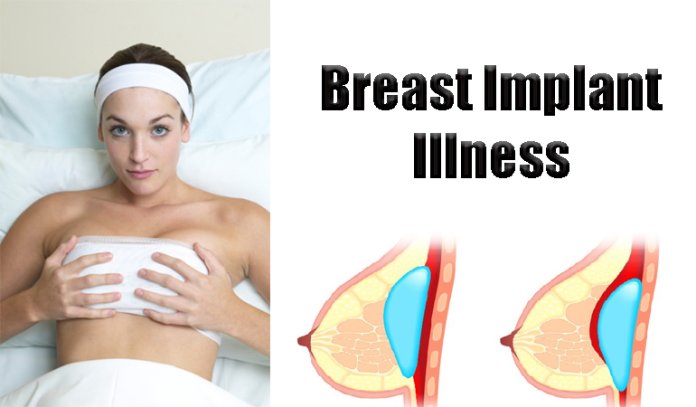One of the most current medical conditions that requires the care, counsel and treatment of a plastic surgeon is known as Breast Implant Illness.
Contents
Not to be confused with Breast Implant-Associated Anaplastic Large Cell Lymphoma (BIA-ALCL), Breast Implant Illness (BII) is a separate medical entity altogether. The two medical conditions are non-related, even though a patient could possibly develop both diseases. The media has lumped the two illnesses together, and we would like to clear that up. There is presently no diagnostic code for BII mainly because it is not officially diagnosable as a medical condition; however, the seriousness of this illness is undeniable. It is vital for women who experience chronic symptoms of BII to consult with a medical professional who can help diagnose the disease, along with proper treatment options.
Also read: Best Silicone Chest Pads
What is Breast Implant Illness (BII)?
The symptoms of Breast Implant Illness (BII) include but are not limited to:
- Fatigue;
- Chest pain;
- Hair loss;
- Headaches;
- Chills;
- Photosensitivity;
- Chronic pain;
- Rash;
- Body odor;
- Anxiety;
- Brain fog;
- Sleep disturbance;
- Depression;
- Neurologic issues;
- Hormonal issues.
Patients who have self-identified as having Breast Implant Illness (BII) encompass a diverse spectrum of medical cases, including both textured as well as smooth surface implants and saline as well as silicone implants.
Awareness of BII is growing each day thanks to the power of social media. An increase in patients reporting possible cases of BII is largely, in part due to platforms such as Facebook groups, which help educate and bring together individuals who may be experiencing the symptoms of Breast Implant Illness. In November of 2021, a single Facebook group for BII awareness had a stunning 154,1k members.
What causes breast implant illness?
The root cause of Breast Implant Illness is not the actual saline or silicone contained within a given implant product. The biofilm, possibly carried in with the implant when it was placed within the body during surgery, is the most likely cause of Breast Implant Illness. The biofilm can be aerobic or anaerobic bacteria, it can be a mycobacterium or it can be a fungus. We have actually seen all of these after removing implants that have been cultured. Presently there is no scientific data to prove that silicone, itself, causes any kind of disease. The focus of research and testing related to BII is on the biofilm associated with the implants.
Emerging research on breast implant illness
Currently, the Aesthetic Surgery Education and Research Foundation (ASERF) and the research faction of The Aesthetic Society (ASAPS) are focused on establishing a diagnostic test for BII. Although there are no direct tests available at this time for BII, there are tests for autoimmune diseases that may help narrow down possible diagnoses of BII in symptom-reporting patients.
Treatment options for women who are experiencing the symptoms of BII are mainly directed at implant removal via capsulectomy. For patients who exhibit symptoms of autoimmune diseases that may or may not be connected to Breast Implant Illness, complete removal of implants yields varying results ranging from:
- No improvement;
- Temporary improvement;
- Permanent resolution of symptoms.
What all this may mean for you
It can take many years of research and testing to reach a scientific conclusion as to the most effective treatment for BII. What the current treatment option of capsulectomy (removal of the entire breast implant and surrounding capsule) does offer patients is a ruling out of the possibility of BII as the cause of the given symptoms.
Many Doctors prefers to remove the implant and capsule “en bloc” as one piece to prevent any potential spillage. This is purely a cautionary measure to ensure the safety of the patient. At the time of capsulectomy they also do cultures for aerobic and anerobic bacteria, mycobacterium and fungus. Something new that they are doing is DNA sequencing, which is more specific and also seems to be a bit more sensitive.
With so many factors that can affect a patient’s interaction with her implants, the more specific the testing, the better understanding that medical professionals will have when diagnosing whether the individual has actually developed Breast Implant Illness.


